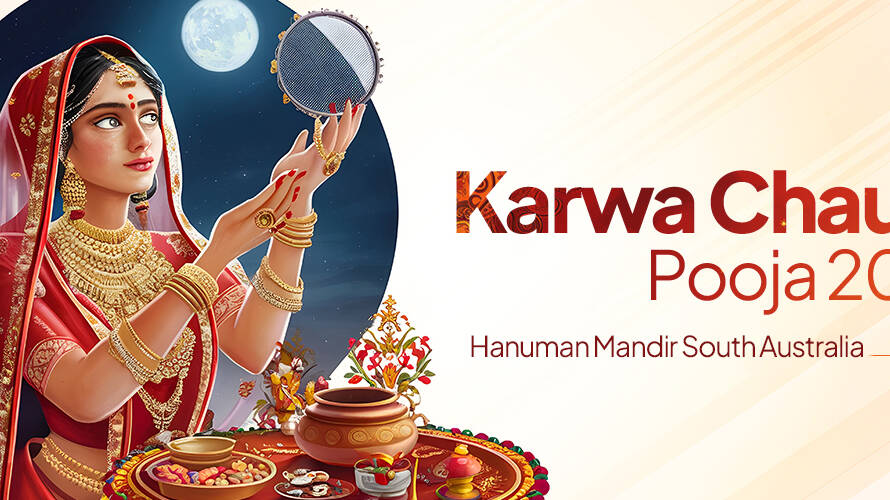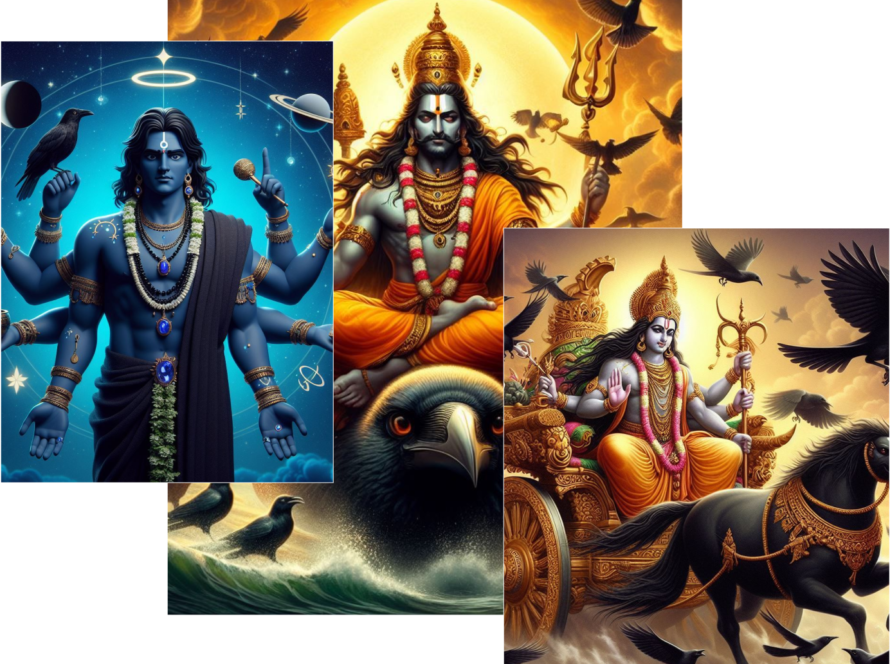Worship of Panchmukhi Hanuman, the five faced form of Lord Hanuman is deeply spiritual in the Hindu system. The Panchmukhi or five-faced Hanuman is not just worshipped as the physical strong god but he is worshiped because of the spiritual security he can provide, and the deities of energy that he carries with all his faces. It is thought to protect on every side and signifies a strong concentration of heavenly forces which bless the believer through a journey to success and spiritual realization. Learning to worship Panchmukhi Hanuman means not only accepting the metaphorical interpretation of the five faces of the god but also taking account of the routines of worshipping his persona. It is a divine action that requires pure faith, devotion, and wish to be as close as possible to the divine live forces that Hanuman symbolizes.
Panchmukhi Hanuman form has five different faces that have a different form of God, i.e., each facing five directions. The original face of Hanuman is facing the East i.e. a monkey face which portrays courage and strength as well as selfless commitment towards Lord Rama. It glows like ten thousand suns and is regarded as the major asset of the power of Hanuman. The right face of the Narasimha with the face of a lion which is the avatar of Lord Vishnu, represents protection against the evil, fearlessness, and driving out negativity. The front side of Garuda the eagle vehicle of Lord Vishnu symbolizes the elimination of black magic and poisons, liberating the person out of the evil. The potent ability to elevate and save the worshipper out of trouble is symbolized by the north-facing face of Varaha which is the boar incarnation of the lord Vishnu. Finally, the face of the god of knowledge and wisdom, Hayagriva, the horse- headed embodiment of Lord Vishnu is turned upward indicating supreme knowledge, wisdom and enlightenment. The power of each face is different, but all of them will grant overall protection and spiritual favor at every side of the face.
It is always necessary to attain the knowledge about the divine aspects of Panchmukhi Hanuman and interpretation of his five faces to start worshipping Panchmukhi Hanuman. Hanuman devotion is based on humility, surrender and passionate aspiration to be a servant to divine will. Ritualized form of worship, although valid, is accompanied by profound faith and a desire of becoming Hanuman by his virtues of courage, self-practice, loyalty and steadfast devotion. Entering the worship with sober and concentrated mind will assist in setting a holy space to sense and perceive Godly forces.
Panchmukhi Hanuman Physical worshiping
The physical worship is usually prepared with an idol or picture of the five faces of Panchmukhi Hanuman where traditional offerings to the deity are flowers, fruits, incense, and lamps. The red color is most intrinsically attached to Hanuman and is extensively used in lighting decorations as well as offerings, portraying vitality, courage, and service. The worship starts with a cleansing ritual done by the worshippers to cleanse the place as well as the worshippers so as to establish a conducive atmosphere where the worship of God can be effectively performed. The use of a diya (oil lamp) is the means of expelling darkness and ignorance and welcoming the light and divinity to the worship space.
The major thing in the worship is chanting of sacred mantras in the honor of Hanuman. Another most common hymn that is chanted so that god Hanuman bestows his blessings is the hymn of Hanuman Chalisa which is composed by Tulsidas consisting of 40 verses. Also, there are also certain Panchmukhi Hanuman mantras which target the protective powers of his five heads. When devotedly recited with concentration, such mantras are supposed to vitalize the location, remove evil power, and harmonize the thoughts of the devotee with the divine energy of Hanuman. Such mantra repetition assists in creating a state of meditation that further intensifies the worship.
Another important part of worship is the topic of offering prasadam which is sanctified food. The followers make clean and honest food ingredients like ladoos, banana, jaggery which is then served in front of the temple and then distributed between the devotees. This is a way of expressing thanksgiving, humility and sharing of divine blessings. Sharing and consuming of prasadam further strengthens the connection between the devotee and the divine, giving them a feeling of community and spiritual fulfilment.
The abhishekam is common in many traditions where devotees perform by pouring holy stuff like water, milk, honey, and sandalwood paste on the idol of Panchmukhi Hanuman that is considered to be a prayer to his god. This ceremony is purification and renewal, which is symbolic and thought to energize the god and the devotee as well. The abhishekam ritual is by far very holy and usually is chanted in tunes and melodies which raise the spiritual mood. Such ritual purification brings the faithful into the religious presence of Hanuman and is part of remembering about the necessity of purity and piety.
The worship is improved when practicing meditation under the features of each of the five faces of Hanuman. Enthusiasts can consider the valor and fidelity of the monkey face, the protection of Narasimha, the liberating forces of Garuda, the encouraging forces of Varaha and the wisdom of Hayagriva. This reflective mode stimulates a way of re-enacting the inner radiation of these divine virtues assisting the faithful to develop strength, fearlessness, knowledge and spiritual insight in personal lives respectively. The meditation therefore is a way of redemption within oneself and that is through the ideal character of Hanuman.
Attending the community worship or temple ceremonies devoted to Panchmukhi Hanuman brings the additional aspect to the devotional practice. The togetherness in chanting, singing bhajans (devotional songs), and doing aarti (ritual waving of lamps) builds a formidable spiritual space in which the common faith of people enhances the presence of God. These meetings create group solidarity, exert organization, and empowerment to spiritual journeys on an individual scale. To a large number of followers temple worship is a chance to encounter the frenzied power of worship and get to know the deity Hanuman better.


